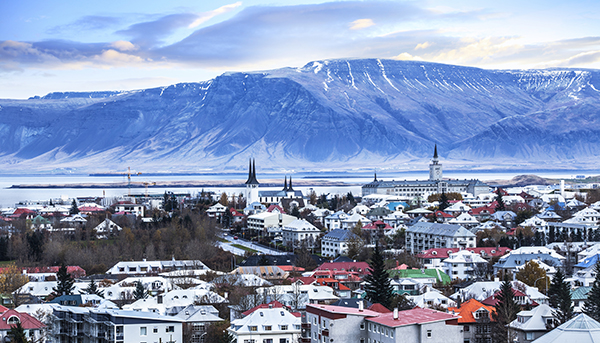Þorvaldur Finnbjörnsson argues that moving research and innovation statistics from The Icelandic Centre of Research, Rannís, to Statistics Iceland has weakened the quality, as Statistics Iceland does not have the necessary insight into research and innovation.
By Þorvaldur Finnbjörnsson, RightNow

It could be that the problems we see in the use of research and innovation statistics in Iceland is more than a matter of conceptual confusion (see the article «The New Research and Innovation Policy of Iceland»). This is probably also a matter of the quality of the numbers themselves.
The Icelandic R&D statistics were transferred to Statistics Iceland after a few years of discussions between the organisation that had the role of a research secretariat at that time – Rannís – and Statistics Iceland (Hagstofa Íslands).
During that transition period Rannís made some preliminary statistics, where deviations from earlier years were severe in terms of use of terminology, methods of measuring, use of statistical units, classification and publications – just to mention a few.
The Frascati and Oslo Manuals, even though they are technical documents, represent the cornerstone of OECD efforts to increase our understanding of the role played by science, technology and innovation and of national systems for research and innovation. The manuals also contribute to intergovernmental discussion on good practices for science and technology policies.
Changing the responsibility of delivering national R&D and innovation related statistics from Rannis to Statistics Iceland, could be a good move if done properly. Still, the organisation responsible must have comprehensive knowledge of research policy and research activities.
It seems that Statistics of Iceland’s competences in this specific area are lacking and therefore the results have been poor in terms of usable statistics. Statistics Iceland has comprehensive knowledge of statistics in general, but not on R&D policy.
Rannis has been making official R&D statistics from 1975 and has had data even from the fifties. The experience and knowledge that Rannis had at that time was based on frequent cooperation with Nordic producers of R&D statistics, the OECD and later EUROSTAT.
The statistics and the methods used at the time had been evaluated a number of times and found sufficiently prepared, processed and presented. Statistics Iceland has not yet achieved the same quality in the R&D statistics production, and quality improvements should be prioritized.
According to an OECD paper (DSTI/STP/TIP(2017) 10/REV1) the number of institutions specialised in evaluation and monitoring – especially of higher education systems and research organisations – is increasing in Europe. That is not the case of Iceland where evaluation of organisations is rather rare.
The lack of evaluation of the national and regional research and innovation systems is noticeable. Throughout the history of Rannís and its predecessors, evaluations were conducted regularly. This practice should be taken up again, especially to focus on a specific policy for innovation. At the same time the relevant ministries responsible for the research and innovation policy should make sure policies are evidence based. Policy without sufficient evaluation and monitoring is not that efficient.

